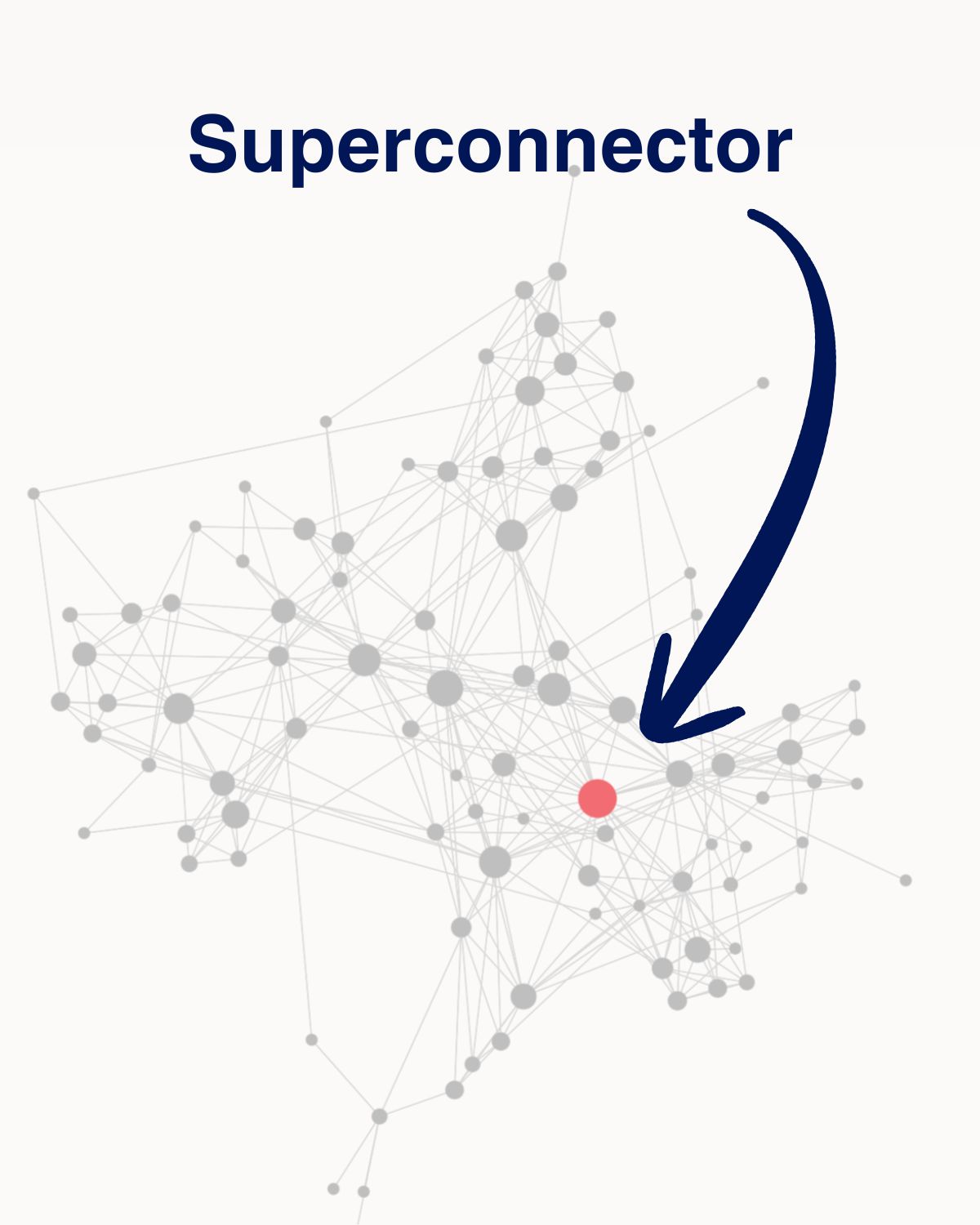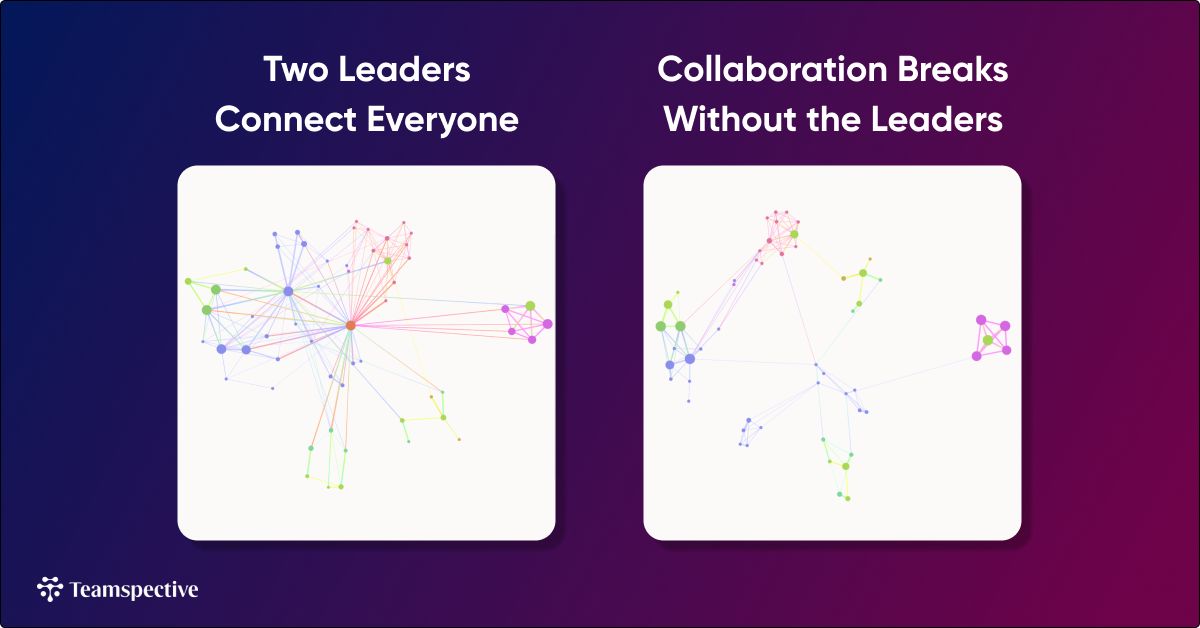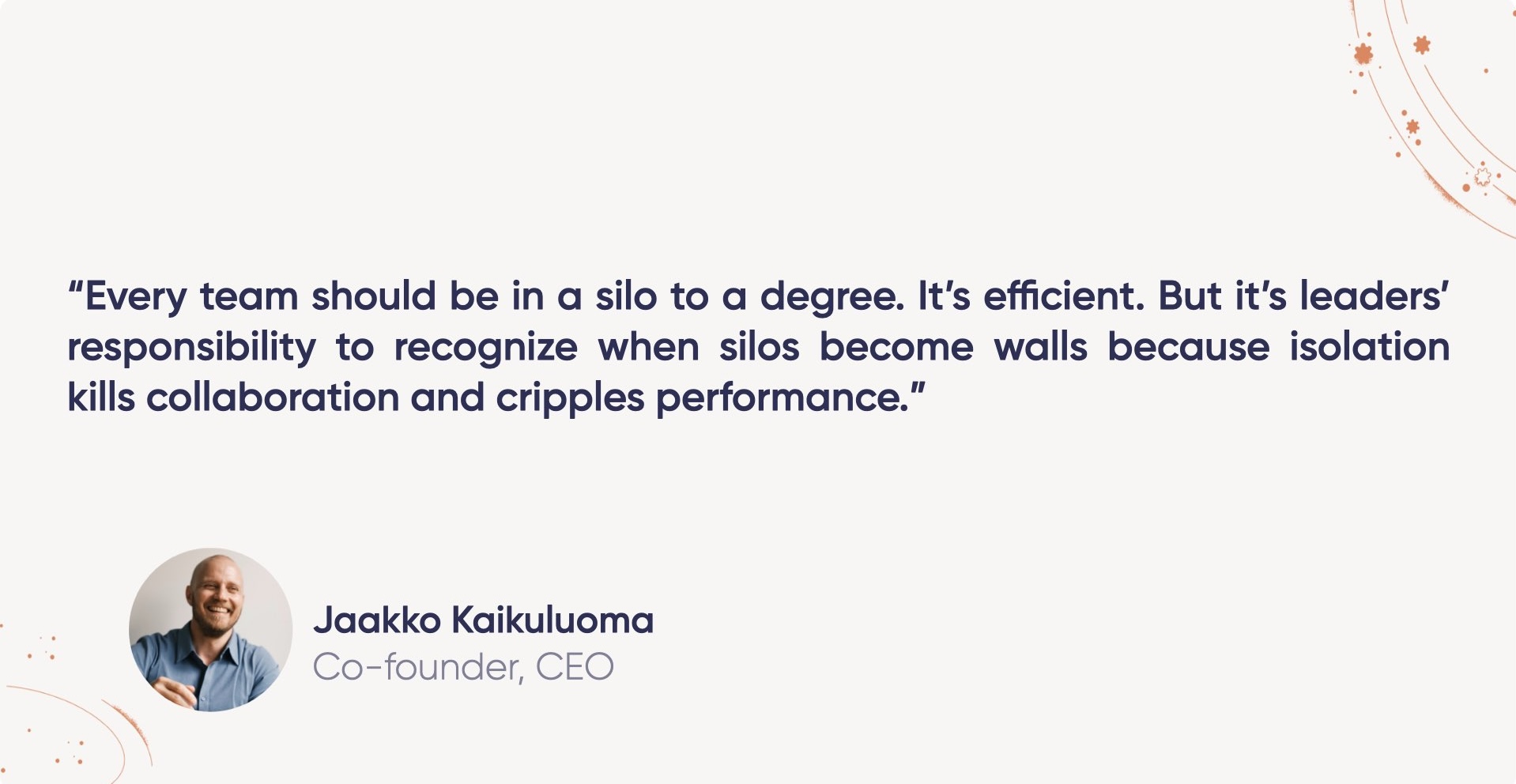Internal Influencers: How to Identify Your Organization's Hidden Change Agents
October 1, 2025Every leader wants change that sticks. Digital transformations that keep moving forward. Employee experience programs that truly improve engagement. Companies spend millions on software and training, but many efforts still fall flat for one simple reason: people don’t adopt the change.
Every leader wants change that sticks. Digital transformations that keep moving forward. Employee experience programs that truly improve engagement. Companies spend millions on software and training, but many efforts still fall flat for one simple reason: people don’t adopt the change.
The answer isn’t more tools or longer training. It’s knowing who really shapes behavior inside your company, your internal influencers. These “superconnectors” already have the trust of their colleagues. Their response to new ideas often decides if an initiative succeeds or fails.
Research by Teamspective shows that companies that engage their internal influencers see adoption rates rise by 40%. They also roll out changes four times faster. The real difference between success and failure often comes down to whether leaders work with these hidden networks of influence.
What Are Internal Influencers?
Internal influencers are employees who shape how others think and act. They don’t need formal authority. Instead, they build trust through expertise, relationships, or by being reliable voices.
They are the colleagues people seek out for advice in uncertain times. They’re the ones others check with when rumors spread. And when new processes launch, employees watch them first before deciding how to respond.

In Organizational Network Analysis (ONA), they are called “superconnectors.” These people hold central positions in the network and maintain many ties. When they shift, the whole network feels the effect.
Discover Your Hidden Networks
Understand how work really gets done and who are the key influences in your organization.
The Impact of Internal Influencers on the Workplace
Internal influencers keep communication and collaboration flowing. Losing them can create knowledge gaps that leaders don’t expect.
Ask yourself: if two key people left tomorrow, would your company still run smoothly? In many organizations, losing just one or two connectors leads to broken communication, slower decisions, and even higher turnover.
One client saw this play out. When two central leaders left, departments became disconnected. Information flow slowed, and business performance was at risk. ONA revealed the issue quickly and gave leaders the chance to act before the damage spread.

This pattern repeats across industries. If internal influencers feel overlooked, their influence works against change. If they feel engaged, they become your strongest allies in building alignment and momentum.
When Is It Useful to Engage Internal Influencers?
Internal influencers matter most during four types of challenges:
Change Management
Big changes, like rolling out new technology or shifting processes, depend on buy-in. Top-down messages often don’t reach people in a meaningful way. That’s where the 3% rule applies: if you identify the 3% of employees with the most connections, you can reach 75–85% of the company through them. These superconnectors are your true change agents.
Employee Experience
When engagement scores drop or surveys reveal problems, internal influencers provide fast insight. They know how employees feel and what drives issues. They also help roll out solutions. People trust peer recommendations more than management announcements, which makes influencers key to culture change.
Digitalization
Technology adoption spreads through trusted peers. Employees look to colleagues they respect before trying new tools. If influencers adopt early, others will follow. This is especially true with AI upskilling. Training influencers first creates ripple effects that help adoption spread naturally.
Performance Management
Research shows that collaboration issues are the biggest culprit of performance problems. Internal influencers can spot and fix these gaps. They also help with onboarding, knowledge sharing, and succession planning. Since colleagues already turn to them for advice, their role in performance is crucial.

Engaging Superconnectors: A Case Study
Here’s how it played out with one of our clients. A mid-sized technology company faced a major challenge. They had six months to migrate from legacy systems to a cloud-based platform. Projects like this often meet strong resistance and cause serious disruption.
Instead of relying on top-down communication, the company took a different path. They spent two weeks using Organizational Network Analysis (ONA) to map their internal networks. The analysis revealed 18 super connectors across departments. These employees had an outsized influence on how their colleagues viewed technology adoption.
The company built its entire change management strategy around them:
Early Engagement
The 18 influencers joined the planning process three months before the rollout. They received private briefings, hands-on training, and direct access to project leaders.
Equipped Advocacy
The company didn’t just ask for support. They gave their influencers detailed talking points, FAQ guides, and early troubleshooting resources. This turned them into genuine experts, not just cheerleaders.
Organic Spread
When the rollout began, the super connectors shared their knowledge and positive experiences with colleagues. Employees who might have resisted instead learned from trusted peers.
The migration finished two weeks ahead of schedule. Within the first month, adoption hit 94%. Industry averages hover around 60–70% after three months. Employee satisfaction scores stayed steady, and the company avoided the usual productivity drop that comes with big changes.
Without this strategy, leaders estimated they would have faced $200,000 in extra training costs, timeline delays, and possible talent loss. By investing in their super connectors early, they turned a risky transformation into a competitive advantage.
Benefits of Engaging Internal Influencers
Organizations that engage internal influencers see clear benefits:
- Faster Change Adoption: Changes roll out four times faster compared to top-down methods.
- Higher Success Rates: Adoption improves by 40%, raising ROI on change efforts.
- Simpler Communication: Messages spread through influencers instead of endless broadcasts.
- Better Early Warnings: Influencers notice issues before they show up in surveys or reports.
- Stronger Retention: Employees connected to influencers feel more satisfied and are less likely to leave.
How to Identify Internal Influencers
The best way to identify internal influencers is through ONA tools. ONA maps how people really collaborate, not just what the org chart says.
Step 1: Data Collection
ONA tools connect to Slack, Microsoft Teams, Google Calendar, and Outlook. These platforms already track messages, meetings, and collaboration. The process is passive, so employees don’t need to do extra work.
However, remember to be transparent about how you’re collecting and using the data. ONA represents a legitimate business interest, so the good news is you simply have to inform your employee that the analysis is taking place.
Step 2: Network Mapping
The data is turned into network maps showing the strength of connections. Algorithms highlight not just who talks to whom, but who drives influence when they speak.
Connections include:
- How often and how well people communicate
- Patterns in meetings
- Collaboration across departments
- Pathways of information flow
Step 3: Influencer Identification
ONA then pinpoints the superconnectors. These are people with many strong ties and central roles in the network. They are often the crossroads of collaboration.
Key factors include:
- Network Centrality: How central they are to information flow
- Connection Quality: Whether their interactions lead to results
- Cross-Team Reach: How well they connect different groups
- Response Influence: How often others act on their input
Step 4: Analysis and Prioritization
Modern ONA platforms like Teamspective make this process quick, often just a few days. The result: clear maps that highlight superconnectors and explain their role. With this insight, leaders can engage them in ways that create the most impact.
Conclusion
Internal influencers are the hidden drivers of success or failure. They decide whether new initiatives gain traction or stall.
Good ideas don’t spread on their own. You need to identify the people who shape behavior and bring them into the process. Organizational Network Analysis gives you the tools to do this.
Mapping real collaboration patterns reveals your true influencers and shows how to engage them. Companies that master this move faster see higher adoption and build stronger engagement. They also stop wasting resources on programs that fail because they ignored the real networks inside the organization.
Ready to uncover your hidden influencers? Book a demo with Teamspective today and see how ONA reveals your real change agents in just 30 minutes.




